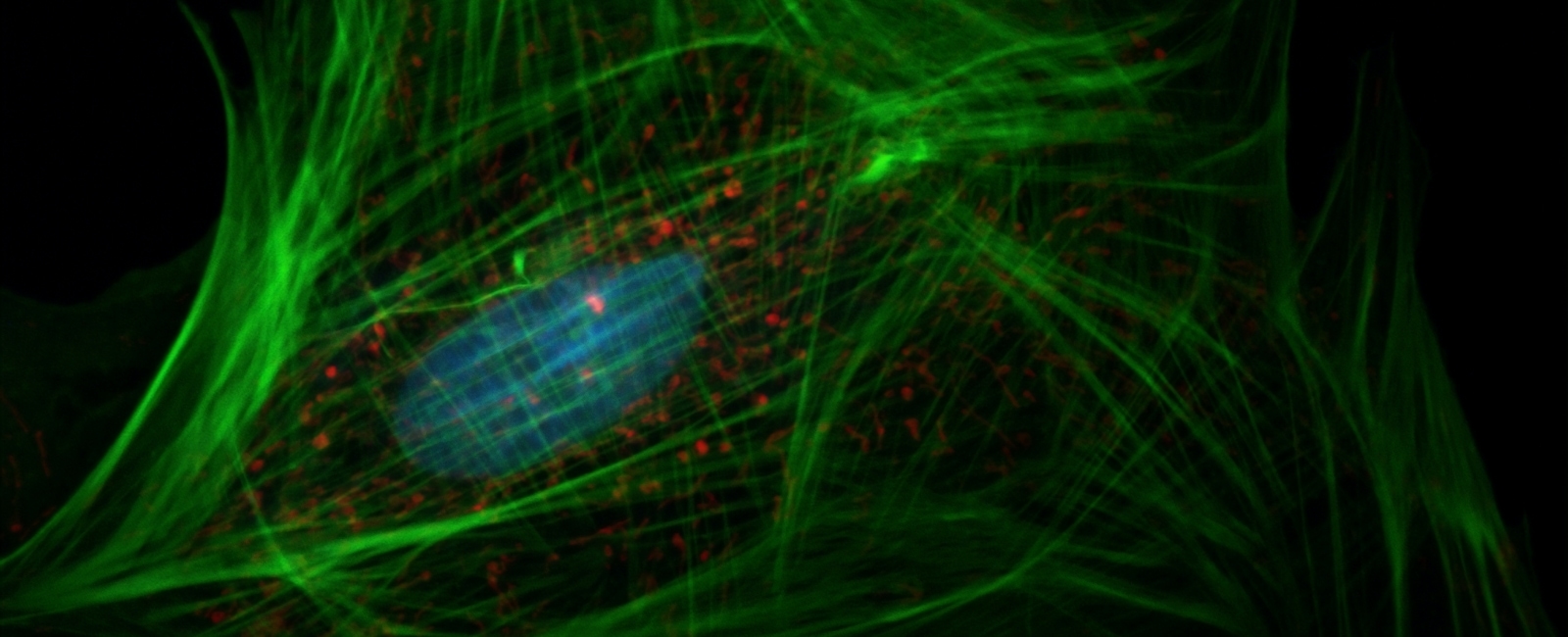Our Purpose
The " 3D Electron Microscopy in the Biological Sciences" Focused Interest Group will provide a forum for discussion of the latest progress in 3DEM of macromolecules, macromolecular assemblies, sub-cellular components and whole cells in their native environment. Discussion topics will encompass all aspects involved in the structural determination process and include: specimen preparation, imaging, and data analysis. This FIG will offer a framework for the critical exchange of ideas in a broad range of microscopy techniques that will cover, but are not limited to, electron tomography, sub-volume analysis, single particle EM, electron microscopy of ordered assemblies from helical to 2D crystal arrangements and correlative imaging methods. Current topics of high interest include the recent developments in detector technology with the resulting improvement on signal-to-noise ratios of recorded images, phase plates, new data analysis algorithms suitable for heterogeneous samples, and tools for data interpretation and structure validation.
What We Do:
In addition to our annual members meeting during the M&M meeting, we are also organizers of the “3D structures of macromolecular assemblies, cellular organelles and whole cells” symposium. This symposium on biological structure and ultrastructure focuses on:
- Structure and function of biological macromolecules and assemblies
- Cellular metabolism, cell division and protein translation
- Cellular and bacterial adhesion and motility
- Bacterial secretion systems
- Cell-cell interactions and cell signaling
- Virus-host interactions, virus structure, and virus replication
2025 Officers:
Ed Eng, Leader, NCCAT/SEMC/NYSBC New York
Claudia Lopez, Leader-elect, PNCC/OHSU Oregon
Thomas Edwards, Secretary/Treasurer, NCEF Maryland
Become a Member
Annual dues are $15.00 USD and can be paid alongside MSA membership upon joining the society or at time of renewal. See https://www.microscopy.org/ for more information. You may also contact the FIG leader with questions.
